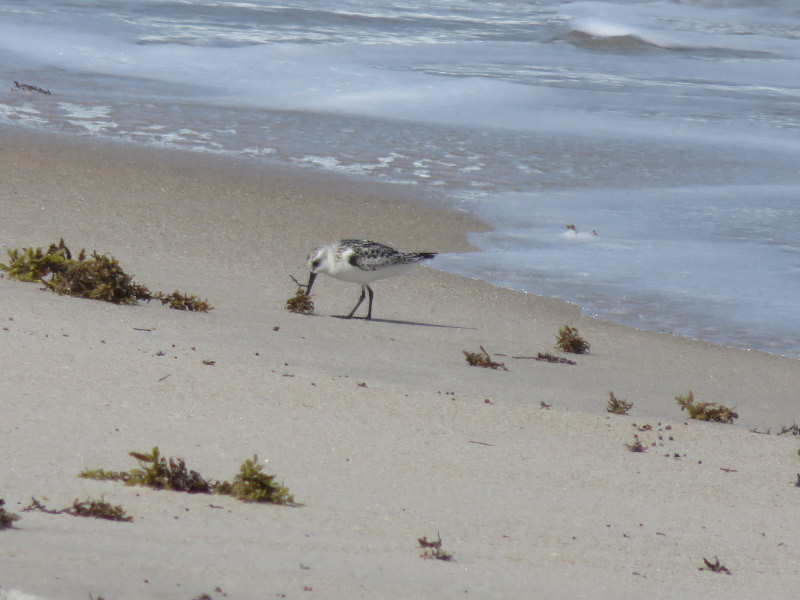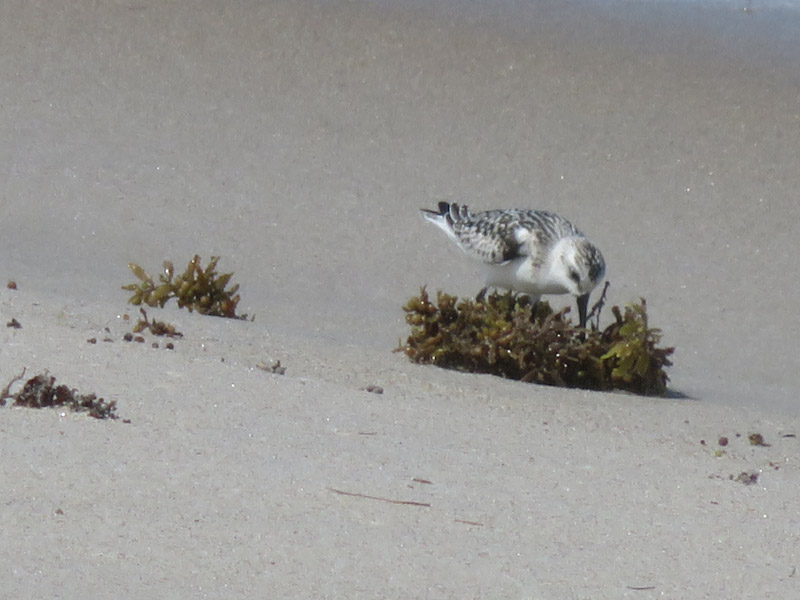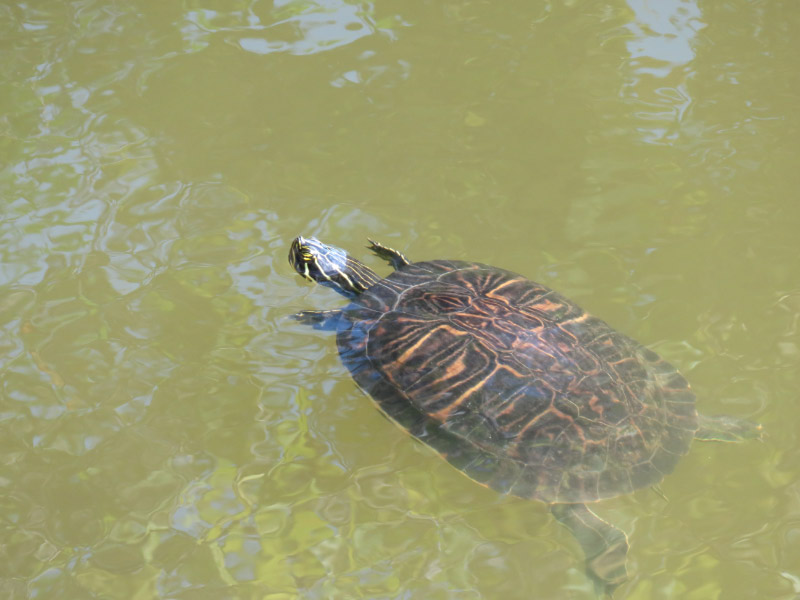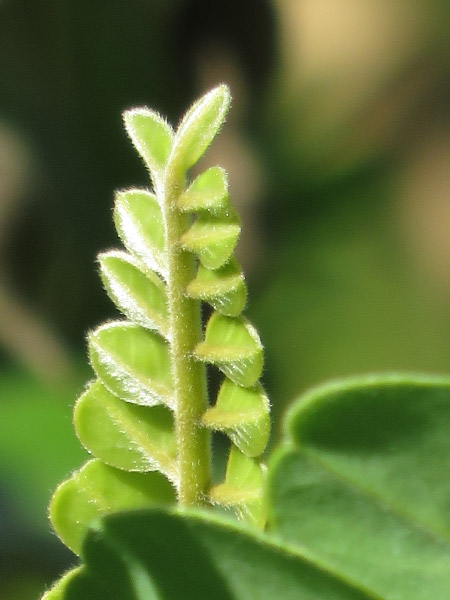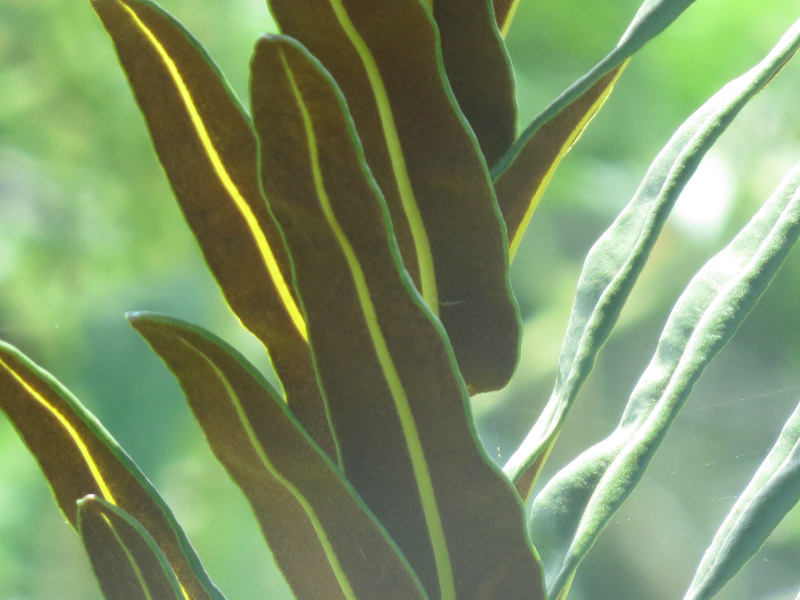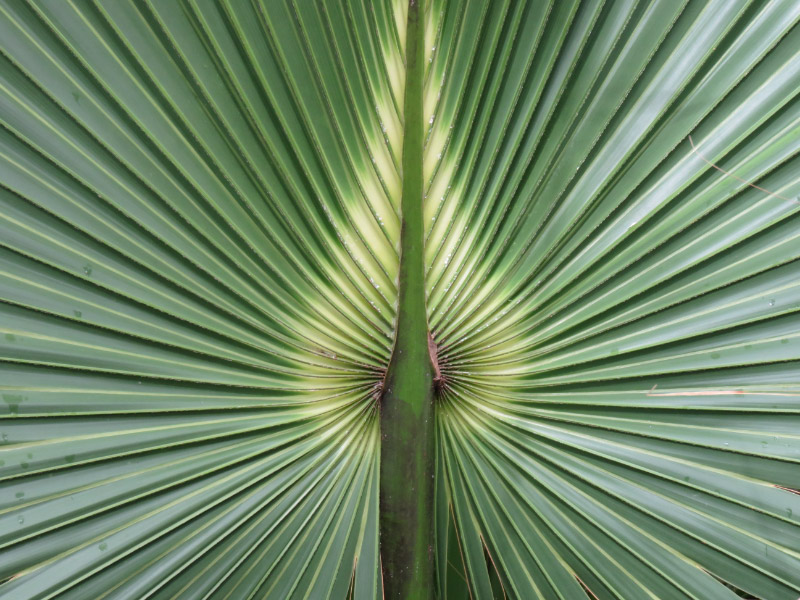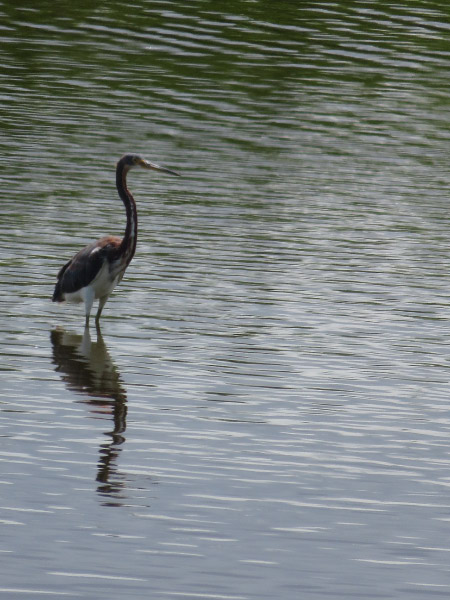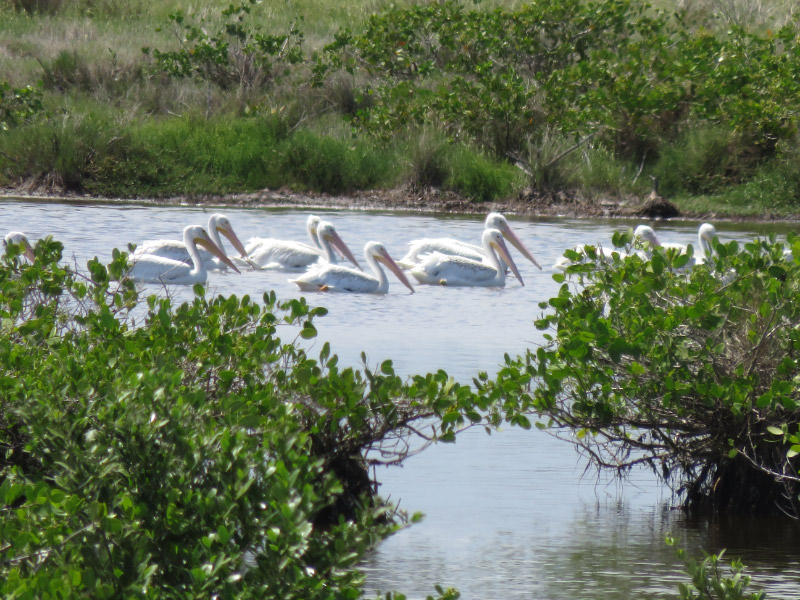Merritt Island National Wildlife Refuge – Part 2
/Continuing on from yesterday’s post about the Merritt Island Wildlife Refuge….
A plant community that becomes more evident the further south we drove is epiphytes with the Spanish moss being some of the most noticeable. But I took pictures of smaller ones as we walked around the boardwalk of the visitor center.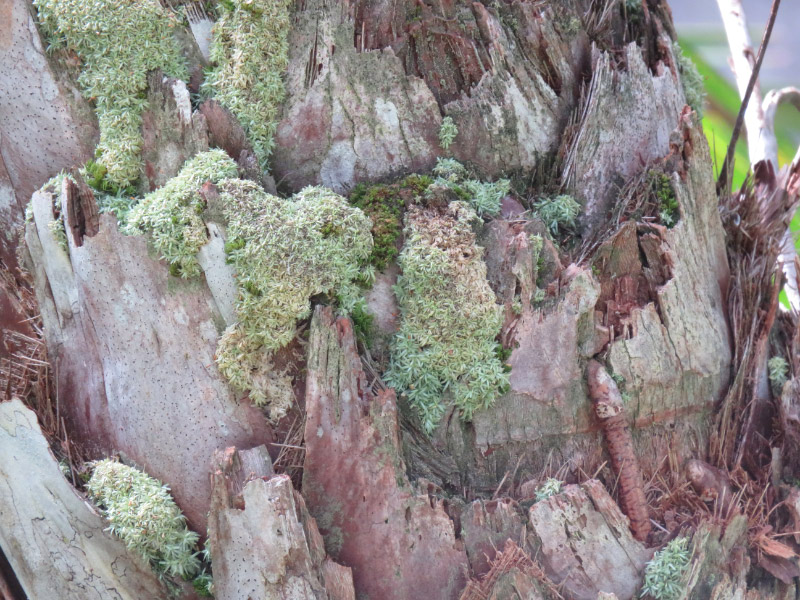
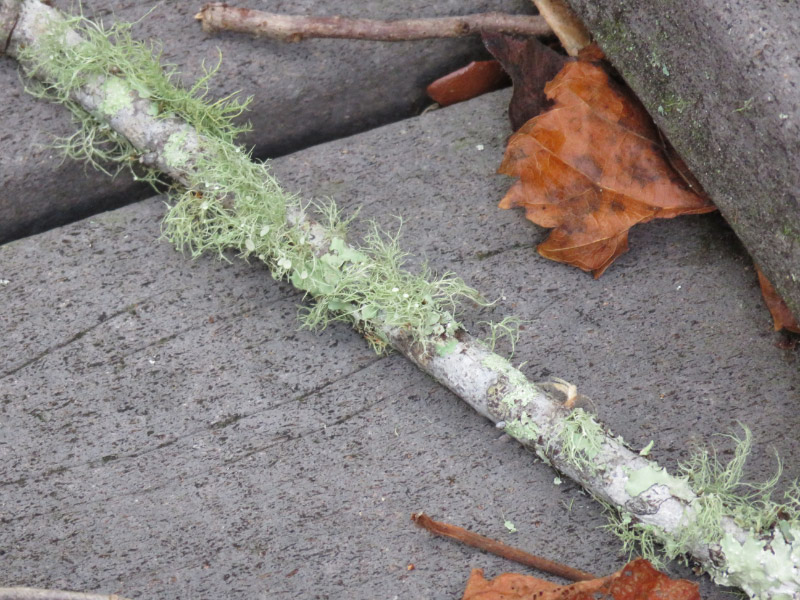
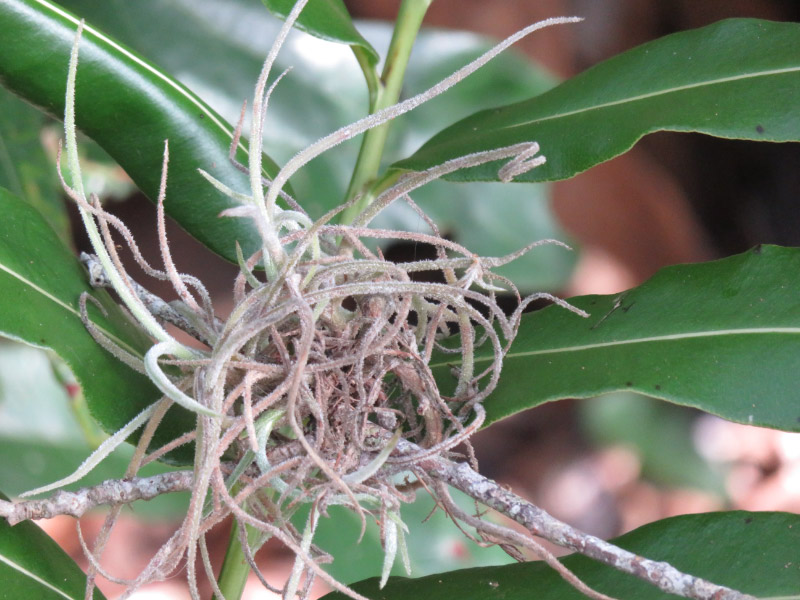
Flowers are always attention getters too.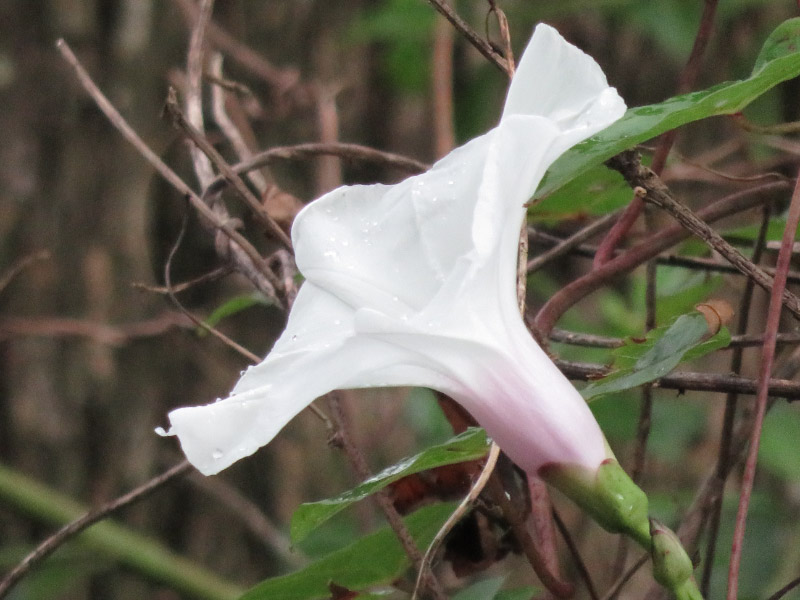

Insects are even a bigger draw. Different kinds of bees were competing for flowers. The bumblebees are so big they usually drive the others away!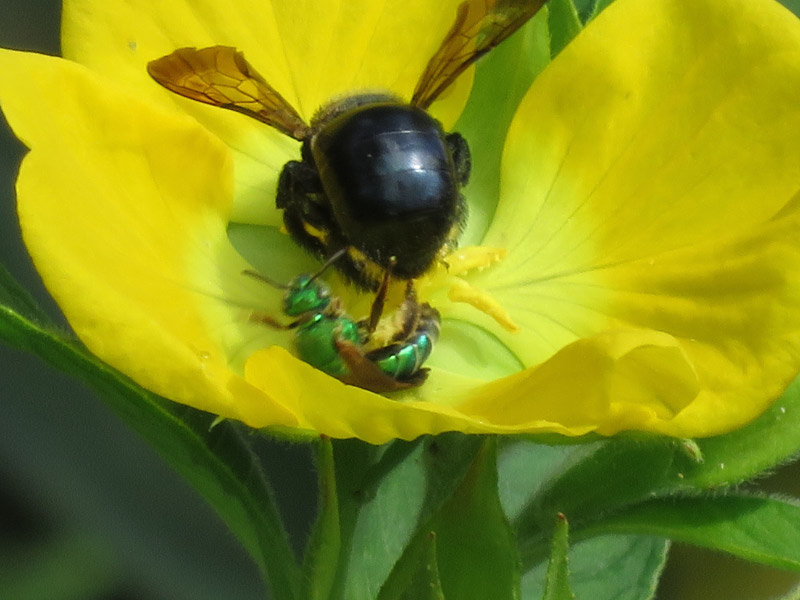
A long tailed skipper stayed put long enough for me to take a picture too.
The dragonflies looked similar to the dragonflies of Maryland.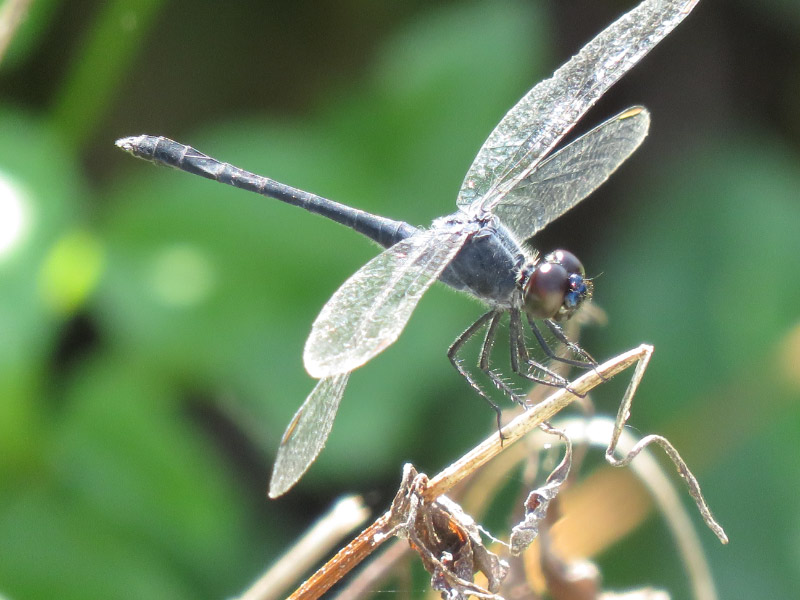
We found a dead Polyphemus moth on the ground before we even walked into the visitor center. We perched it on a bush to photograph. It’s a male (large antennae to detect pheromone emitted by the females).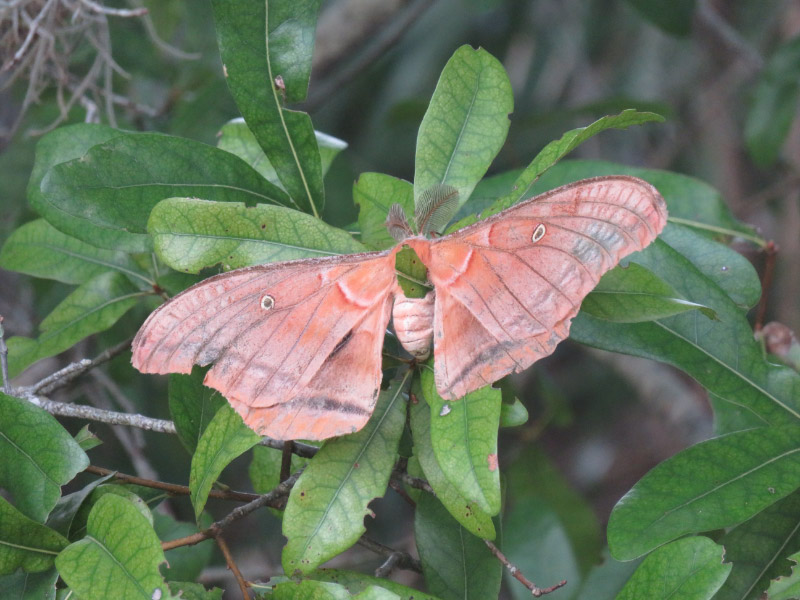
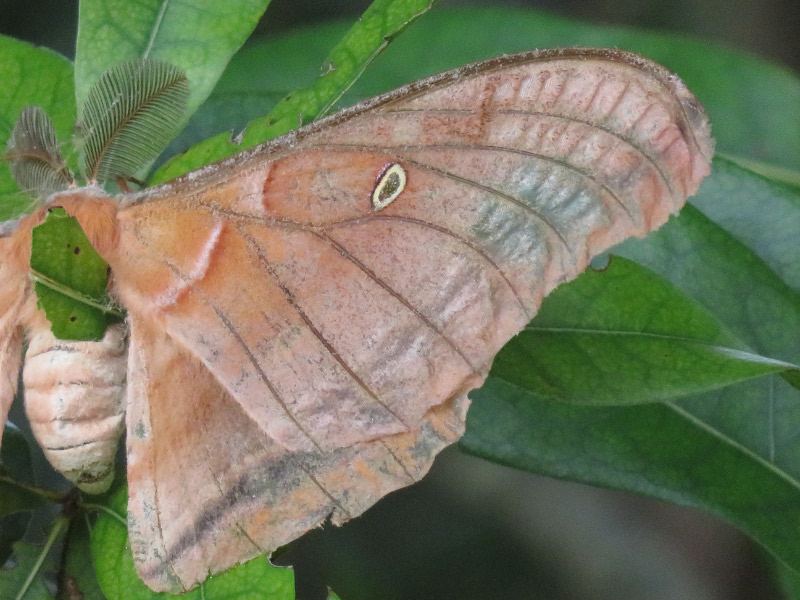
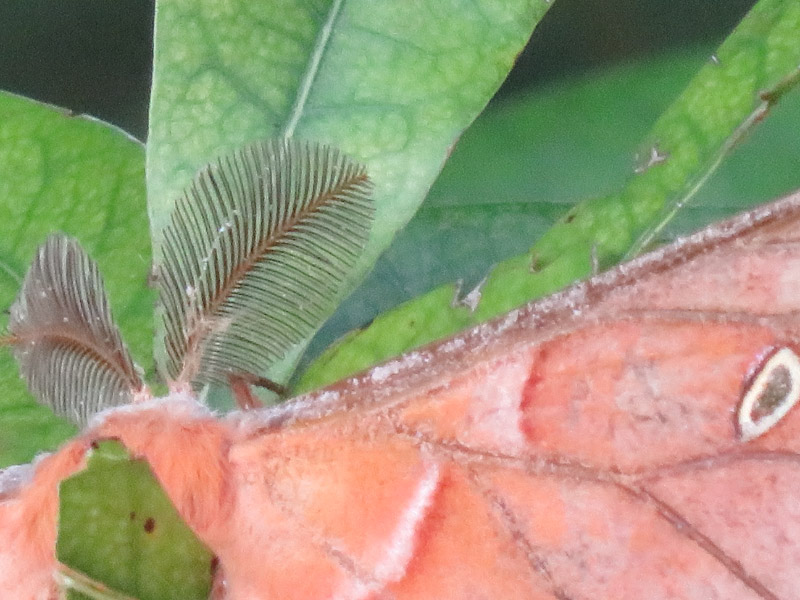
The seed pods on the button bushes in Florida look the same as the ones in Maryland.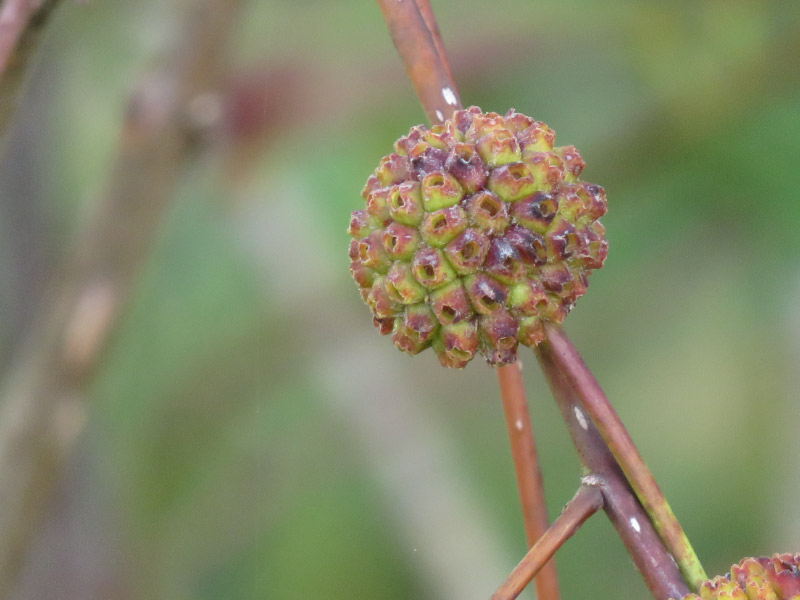
And then there was a small tree in the pollinator with seedpods at various stages of maturity…and flowers too – obviously a legume.

When we got to the beach (the wildlife refuge abuts the Canaveral National Seashore), I noticed the sea grapes had color variation in their leaves and also had clusters of fruit.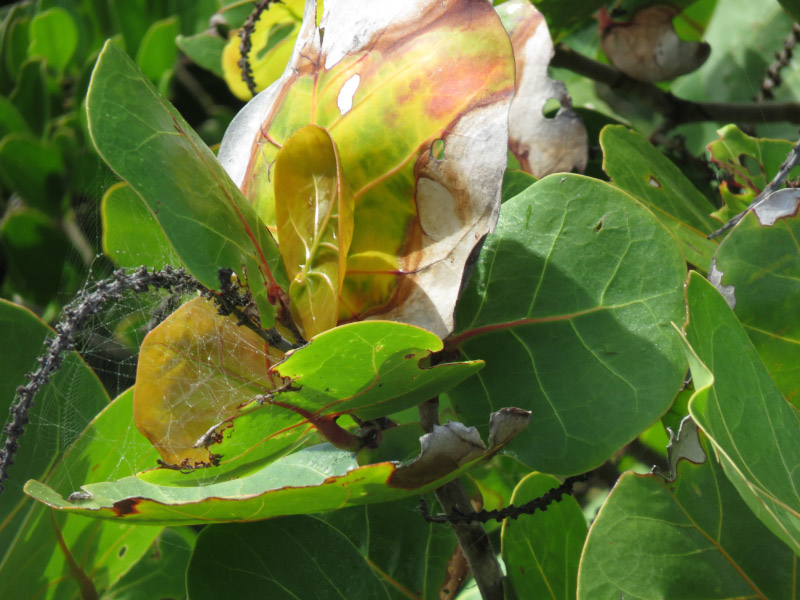
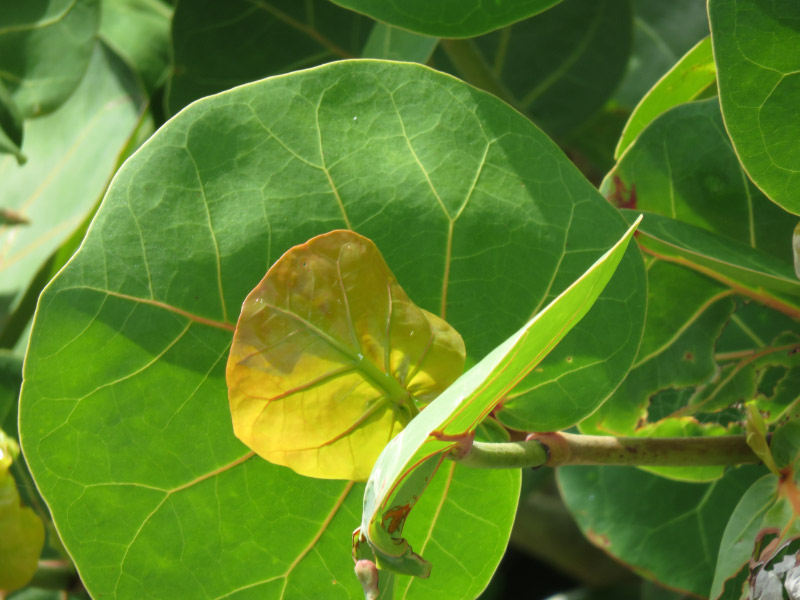
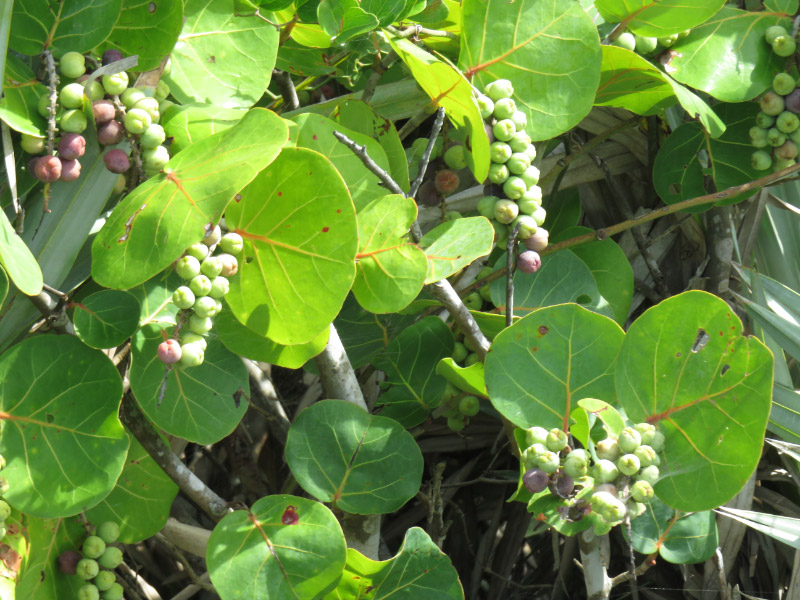
These plants are planted on the dunes along the shore for stabilization.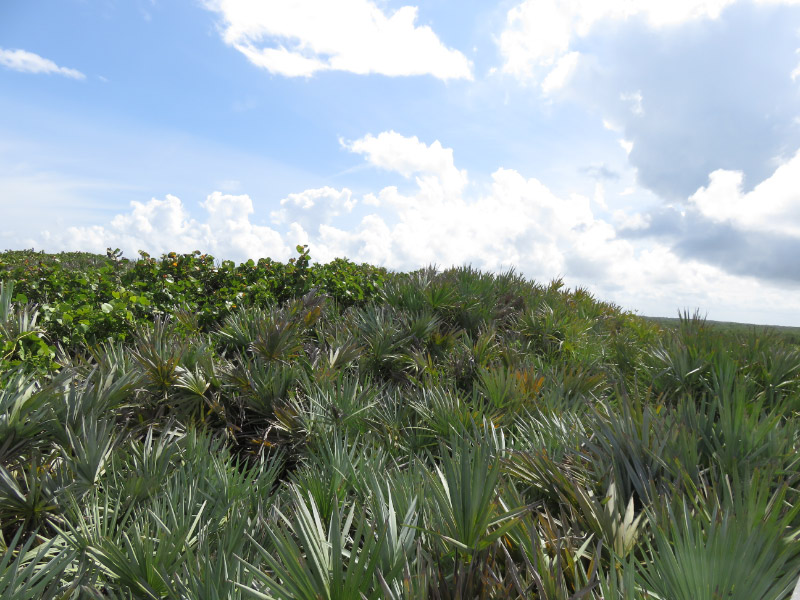
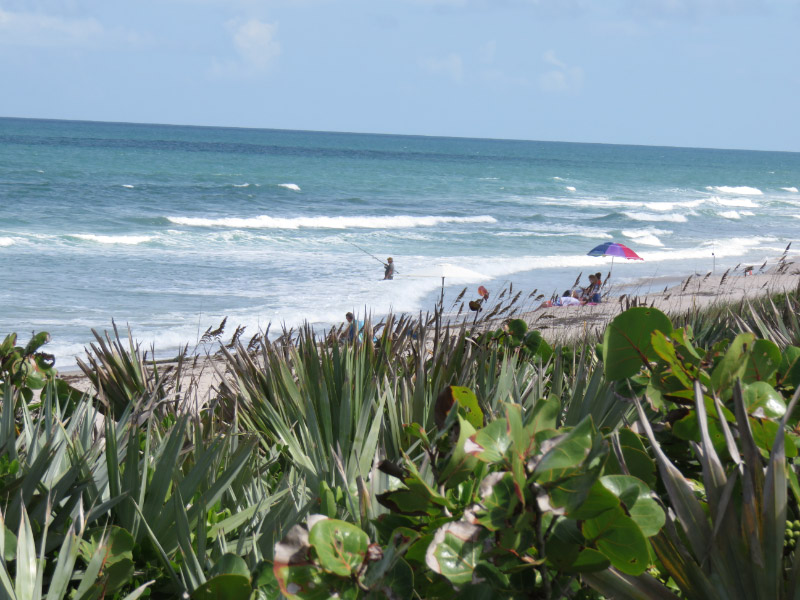
There were a few gulls about but they were not as interesting as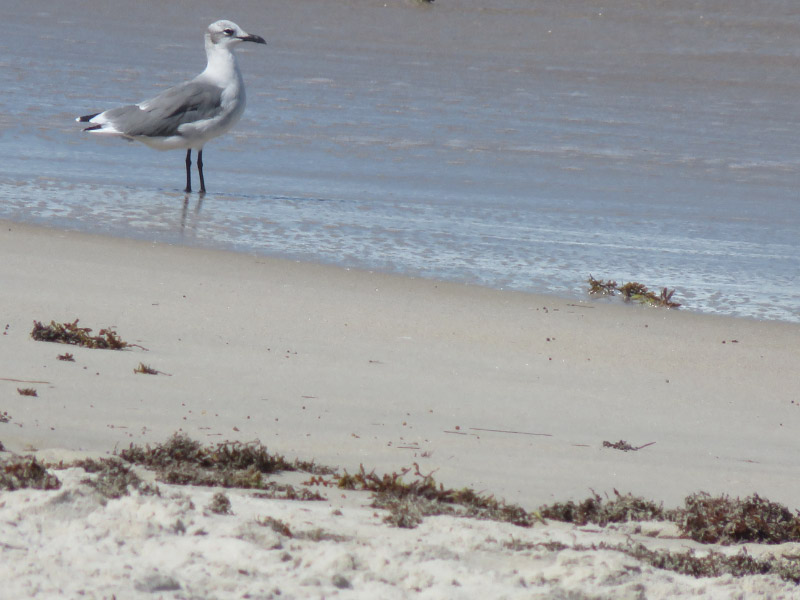
The juvenile sanderling that seemed very interested in every piece of seaweed tossed up by the surf.